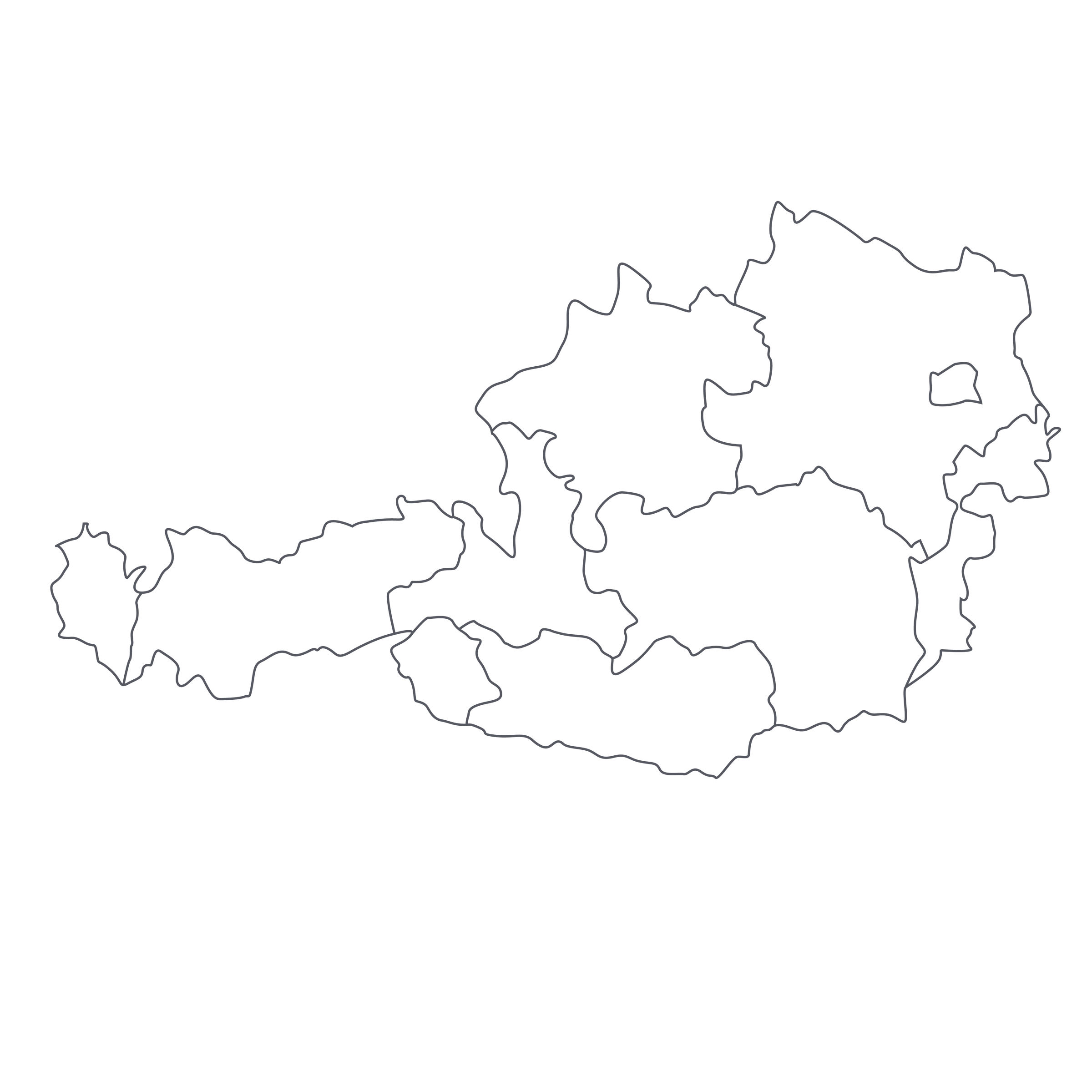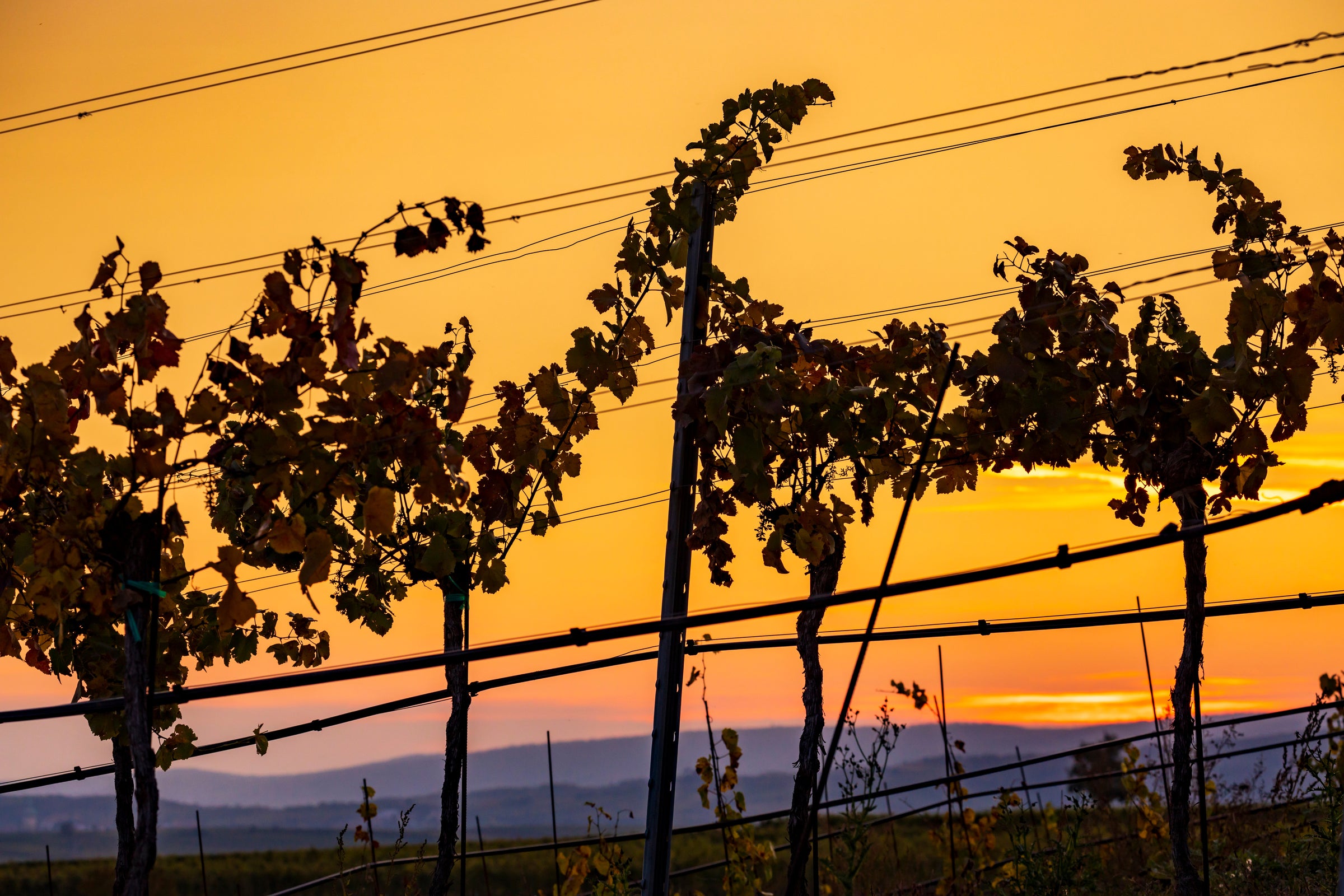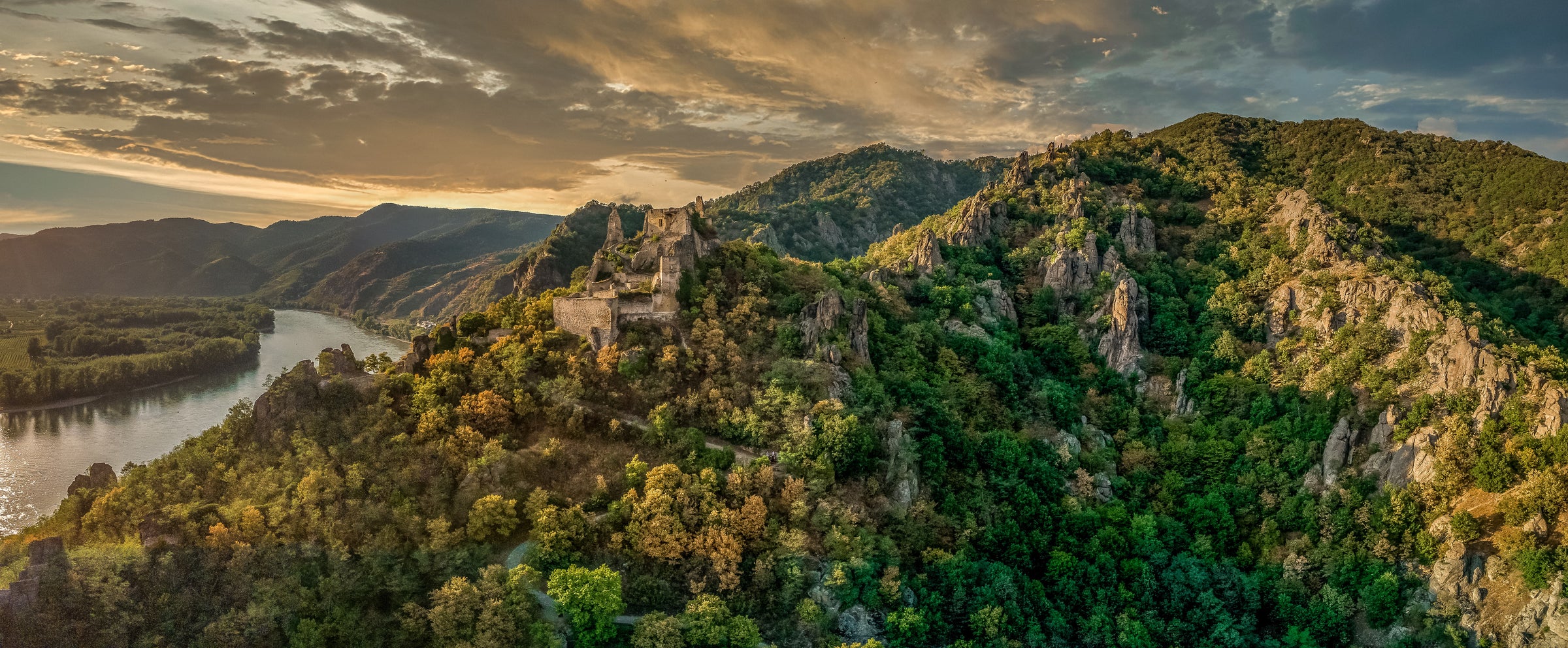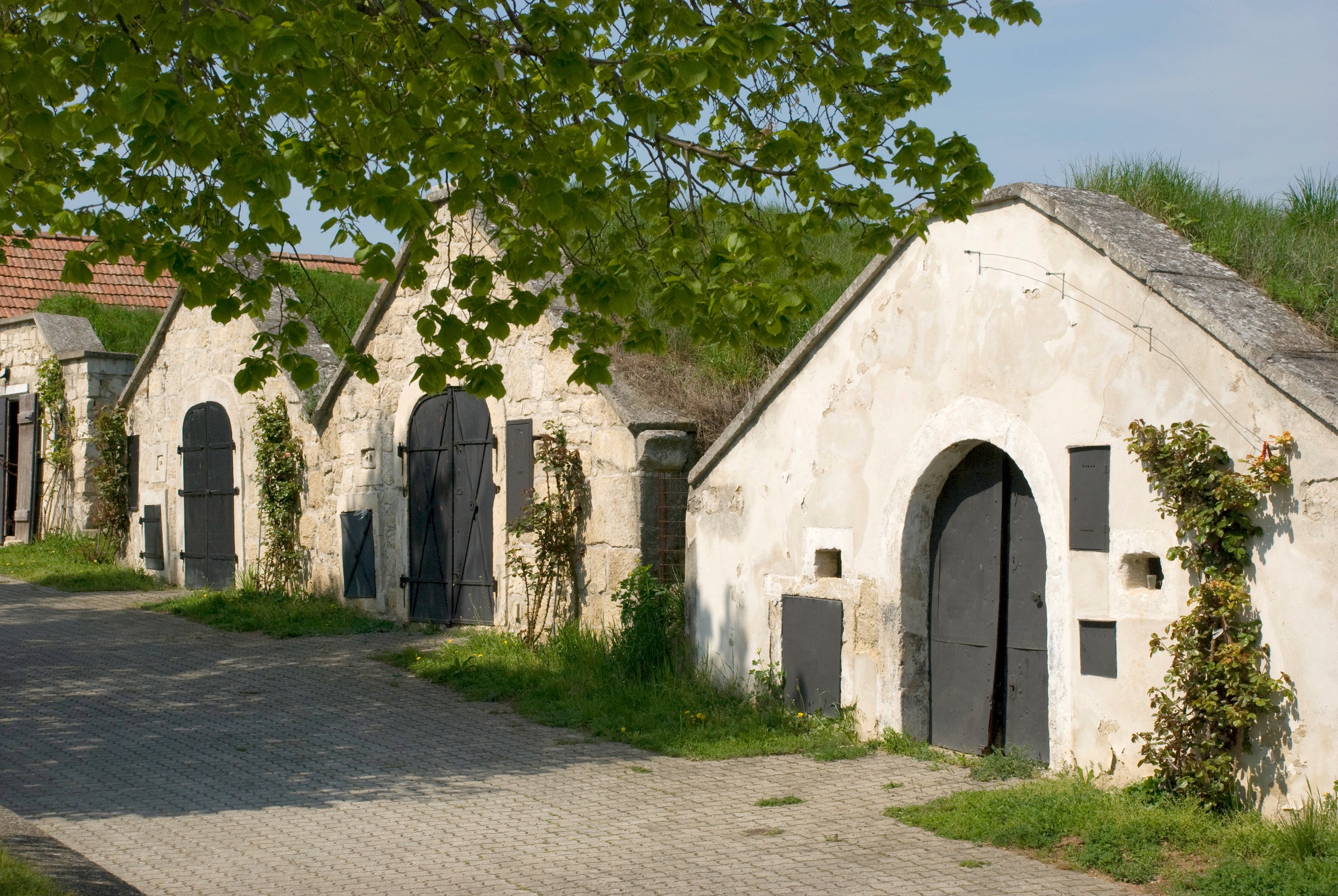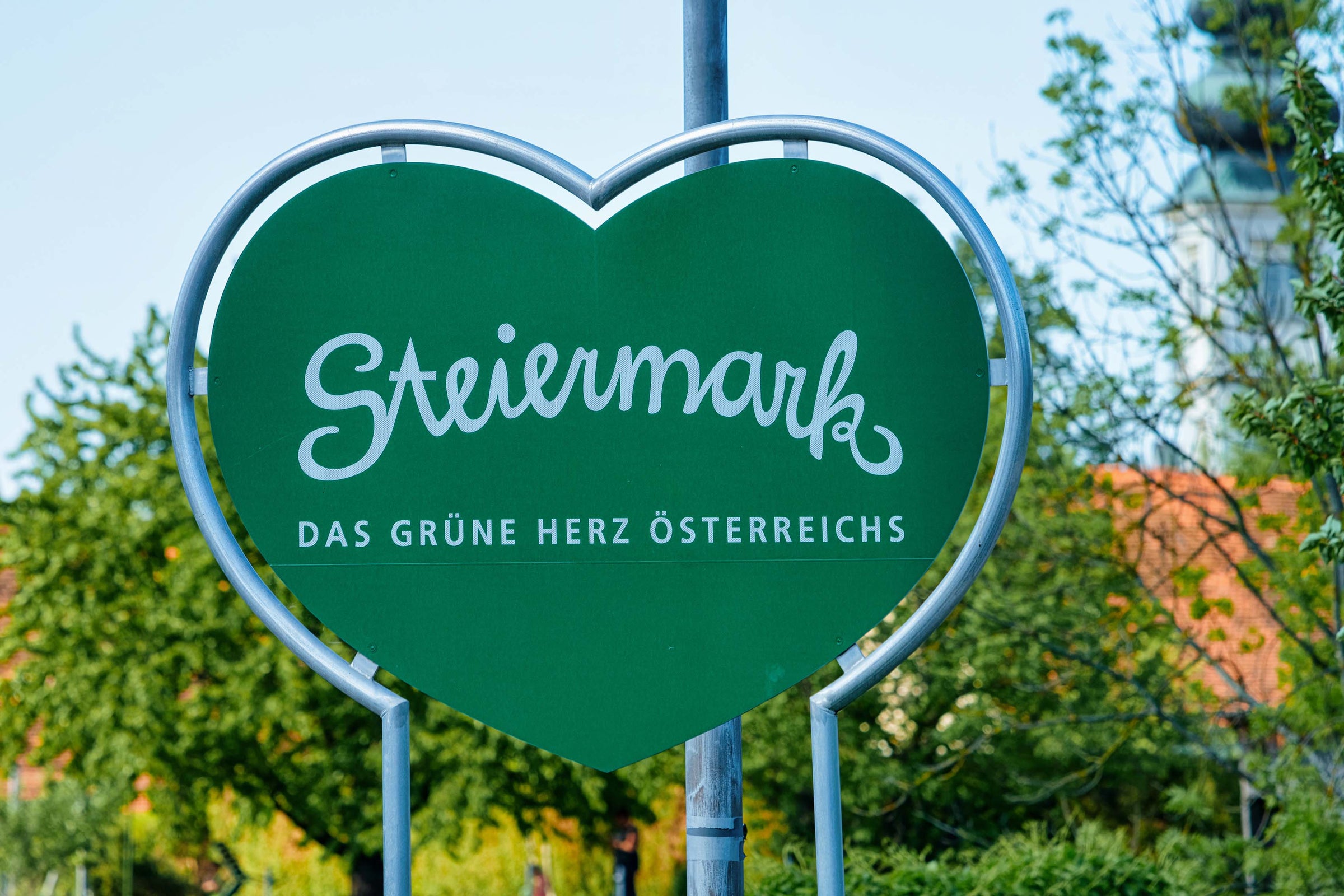I don’t think we’ve ever re-offered a wine this quickly before. Generally, when something this rare and one-of-a-kind sells out, we spend the following days emailing bad news to those who came up empty-handed. That’s what happened seven weeks ago when first offering this, and then, just recently, we were thunderstruck to learn a smaller parcel had slipped overseas. For those who missed out the first time, read on to discover how legendary Schloss Gobelsburg released one of the most unique and painstakingly crafted bottlings we’ve ever encountered.
To commemorate their 850th anniversary, they meticulously blended together nine unique grape varieties and 31 vintages spanning 1970 to 2017 from their back-vintage library and battery of cask-aged wines. Just think about that for a moment: A world-class producer (“Top 100 Winery”; “World’s Best Vineyards”) that’s been growing grapes in the sample locale for 85 decades, and five of those have been blended into a single bottle of wine. If sagas could be experienced in liquid form, today’s “Cuvée 50 Years” would be a shining example. If you can, please secure this jaw-dropping and tightly allocated piece of history. We won’t be getting another shot at it.
Schloss Gobelsburg is just one of those properties that make you stand back in awe: The Zwettl Monastery secured their first piece of grape-growing land in 1171, but the Gobelsburg castle that overlooks them dates back even further! From the time the monks were gifted these vines up until the 1700s, great change occurred here: a mixed bag of no less than 19 different families called the estate/castle home; they weathered immense financial duress; and they merged with another winery. Despite all this, Schloss Gobelsburg was considered one of the finest wine estates in Austria. However, due to both World Wars and Soviet occupation, it all fell into a state of disrepair. After the wars, it was Father Bertrand Baumann who restored Schloss Gobelsburg to its former glory, and, as of 1996, the property was acquired from the monks by Michael Moosbrugger and Willi Bründlmayer.
There are nine grape varieties in this special, one-time “Heritage” cuvée (Grüner Veltliner, Riesling, Sylvaner, Sauvignon, Müller-Thurgau, Welschriesling, Muskat Ottonel, Traminer, Muskateller), and below you’ll see the 31 vintages that were incorporated in the final blend. Note that all vintages prior to 2000 had been bottled long ago, so they were gently uncorked in 2020, quality-checked, and then transferred into oak casks. The younger wines were already aging in casks. Following an untold number of tasting trials, the final blend was concocted and bottled in early 2021.
The ’70s (11% of the blend)
1970, 1971, 1973, 1974, 1977, 1979
The ’80s (12% of the blend)
1980, 1981, 1982, 1983, 1984, 1986, 1987, 1989
The ’90s (7% of the blend)
1991, 1993, 1994, 1996, 1998, 1999
The ’00s (37% of the blend)
2000, 2002, 2003, 2004, 2005, 2007, 2009
The ’10s (33% of the blend)
2011, 2013, 2014, 2017
Regrettably, we were unable to taste a bottle because these wines are so limited and had to be bought on pre-arrival. However, Michael Moosbrugger’s tasting notes are below:
“Wine composed from vintages spanning the past fifty years is anything but common – quite out-of-the-ordinary, in fact. A wine of this sort invites many & various expectations. The colour does not tend toward green or orange, but rather shows a bright golden tone. Lifting the glass to the nose, a gentle bouquet reaches forth, somewhat difficult to identify. Is it Riesling? Might it be Grüner or Sylvaner; perhaps a hint of Sauvignon? A bit of each, actually. Tasting the wine, on the palate it expresses a mixture of substance and ease that is typical of Danube wines. Good structural acidity, medium alcohol content and a long, persistent finish: these are not the characteristics of a mere show-off, but add up to a wine that inspires great enjoyment for its subtle essence and effortless appeal. This is a very special wine for us, one that is worthy to represent 850 years of Austrian wine culture.”
